American pop culture has reduced the Grand Canyon State to stereotypes: towering saguaros, stoic cowboys, racing roadrunners… golfing snowbirds. Now, however, a fresh wind is blowing the dust off these desert clichés.
Chefs and bartenders are turning to Sonoran spoils—mesquite pods, Native grown tepary beans, chiltepin chilies – for inspiration. Artists, designers, and architects are remixing the region’s flora, fauna, and geology in cutting-edge works. But as much as the state changes, its best assets will always remain the same. You’re never more than a few miles from a national or state park to explore, a trail to hike or bike, or a mountain from which to marvel at a dazzling sunset.
Day 1
Desert wildlife, transcendent architecture, and a true bar car
Anyone waking up at the Andaz Scottsdale Resort and Bungalows will need a second to remember where (and who) they are. The exposed beams and Eero Saarinen Womb chairs might have you thinking you’re some next-gen Georgia O’Keeffe, living in stylish seclusion out in the middle of the desert. When you swing open your door, it’ll all come back to you: Oh, right, I’m in the heart of the Phoenix metro area, one of the most vibrant urban centers in America.
In anticipation of an active day, I’ve pre-earned an indulgent breakfast: mesquite chocolate chip cookies from Old Town Scottsdale’s Super Chunk Sweets & Treats. I stop in at the colorful storefront bakery and meet owner Country Velador. They make award-winning delicacies with a uniquely Arizona ingredient, mesquite flour, which is milled from the tree’s dried pods.
“Even though I grew up in Arizona, I didn’t start using mesquite until I was introduced to it in the restaurant kitchen,” Velador tells me. “I totally fell in love with its flavor and possibilities.”
The flour lends “a unique caramel nutmeg flavor” to the shortbread-like cookies, which have a sandy texture that reminds Velador of the terrain. “We like to call it our little desert cookie,” she says. I throw in a Cowpuncher (a Mexican chocolate cookie topped with a candied jalapeño) and drive 15 miles north to the real desert.
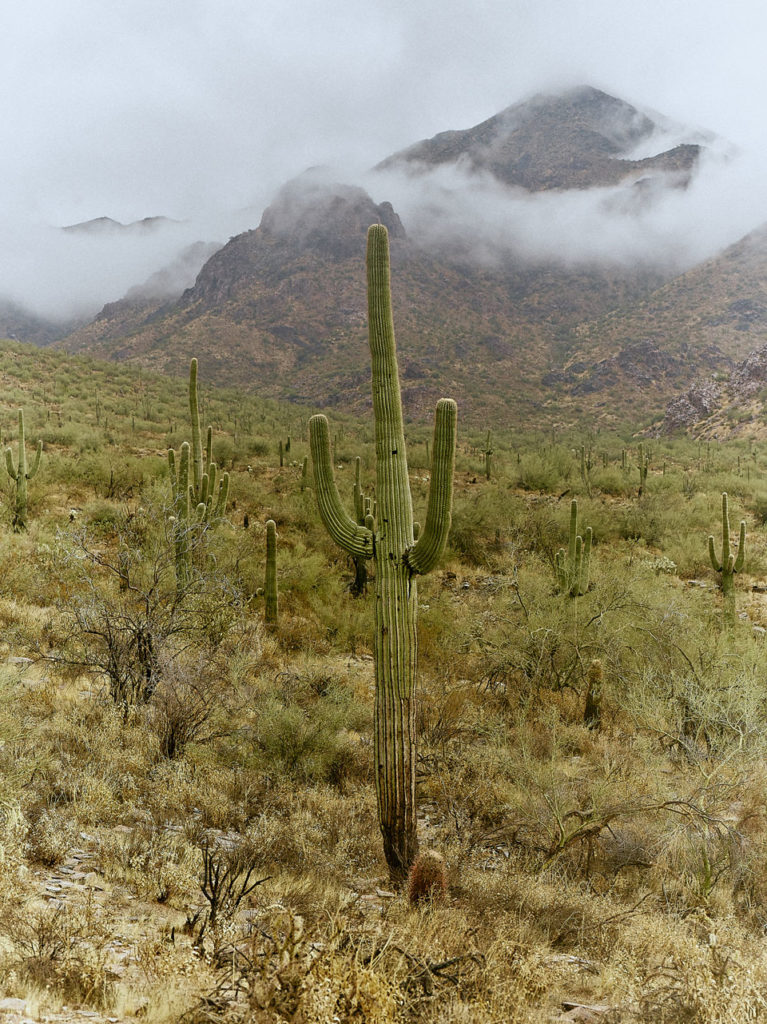
With 200-plus miles of trail, McDowell Sonoran Preserve is America’s largest urban park. Adventurers shouldn’t miss the switchback-filled Tom’s Thumb Trail. It ascends 1,236 feet, but I’m tackling the four-mile Gateway Loop Trail instead. I keep on my toes, anticipating the desert’s hidden dangers: rattlesnakes, Gila monsters, and the jumping cholla cactus.
Ultimately, though, I find the desert far more benign during my two-hour stroll. My sightings include roadrunners darting across the dusty trail and Gila woodpeckers drilling holes in the saguaros. Just a few minutes from the preserve is Tom’s Thumb Fresh Market. A hybrid gas station, car wash, wine cellar, and barbecue joint that has, of course, been featured on Diners, Drive-Ins and Dives. I like a Michelin-starred meal as much as the next travel writer, but I’ve also learned that you should never doubt the Fieri. The chopped brisket sandwich here hits the spot.
Located about five miles southeast of here is one of America’s greatest architectural achievements, Taliesin West, Frank Lloyd Wright’s desert masterpiece. It was his winter home from 1937 until his death in 1959.
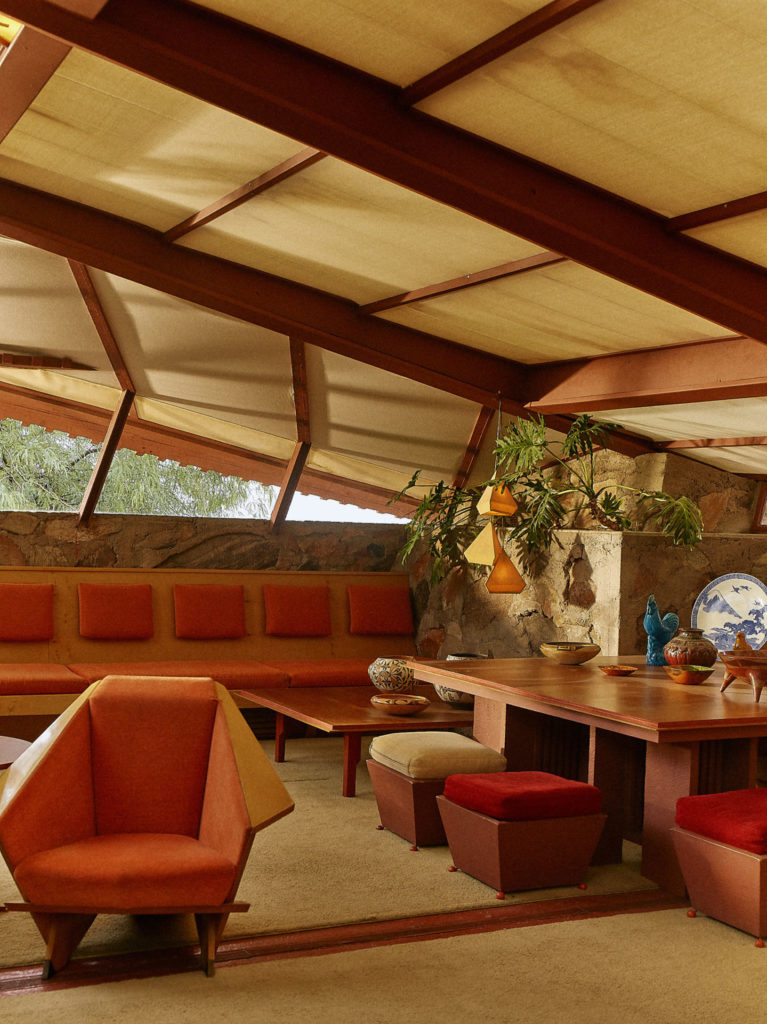
UNESCO named this and seven other Wright buildings to its World Heritage List in 2019, making it Arizona’s first manmade entry, alongside some “grand” natural hole in the ground.
Until recently, you needed to book a guided tour to experience the place, but this year, Taliesin West unveiled a self-guided audio experience.
I head back to Old Town, where I have a date with another desert-loving genius. The Scottsdale Museum of Contemporary Art is home to Knight Rise, one of James Turrell’s “skyspaces.”
The Arizona-based artist creates these immersive works by cutting a hole in the ceiling, through which to view the sky. It sounds simple (and it is!), but the way Turrell manipulates the space—with the sharp edges of the aperture and the use of LED lights—makes simply sitting and staring upward feel almost spiritual.
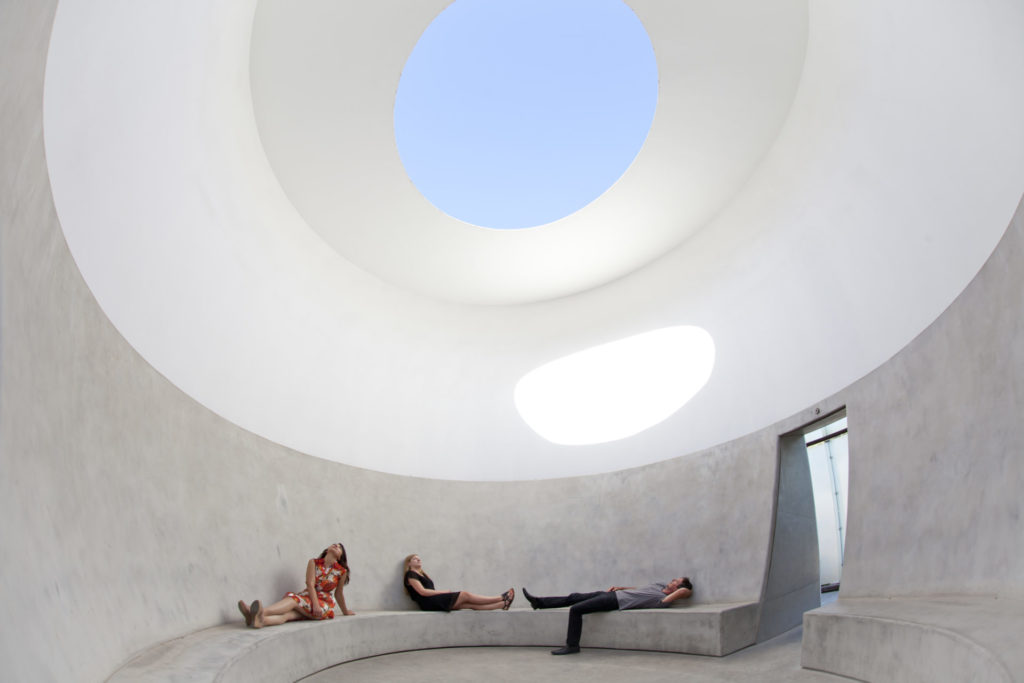
A few blocks away, I have a reservation at FnB. Chef Charleen Badman is known for her ability to work a Turrell-esque subtle magic with vegetables.
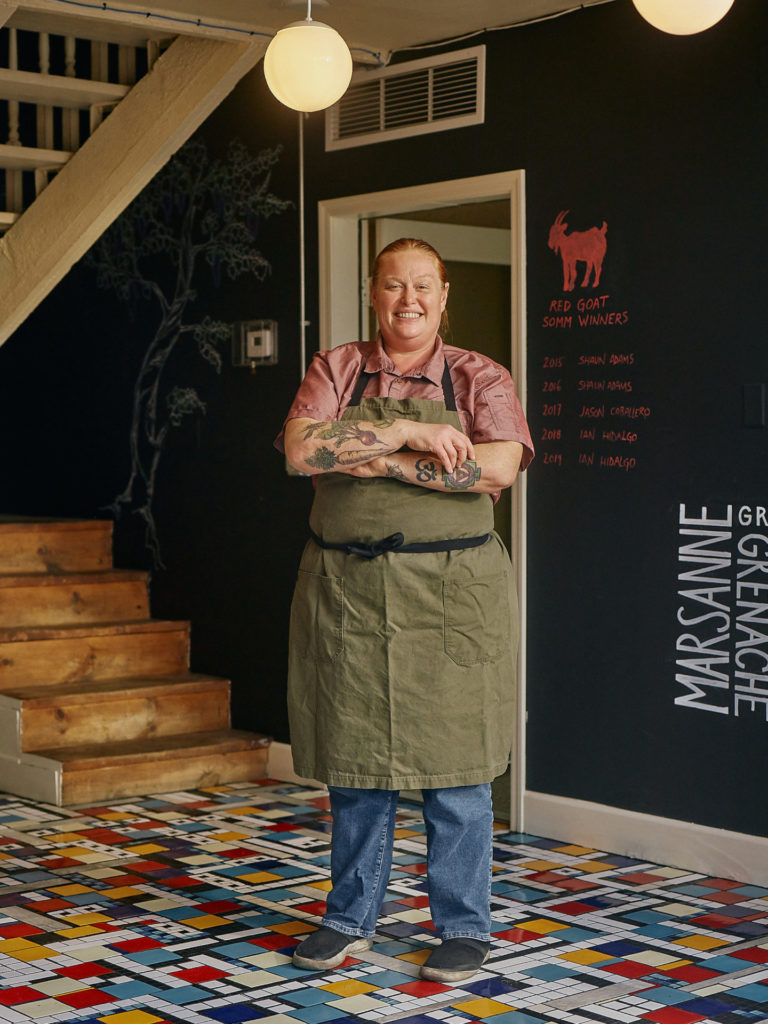
The ink on her forearm (a carrot, a beet a fennel, a leek) illustrates her point of view. She won a James Beard Award for best chef in the Southwest in 2019, the first time an Arizona chef had taken home the honor since 2007.
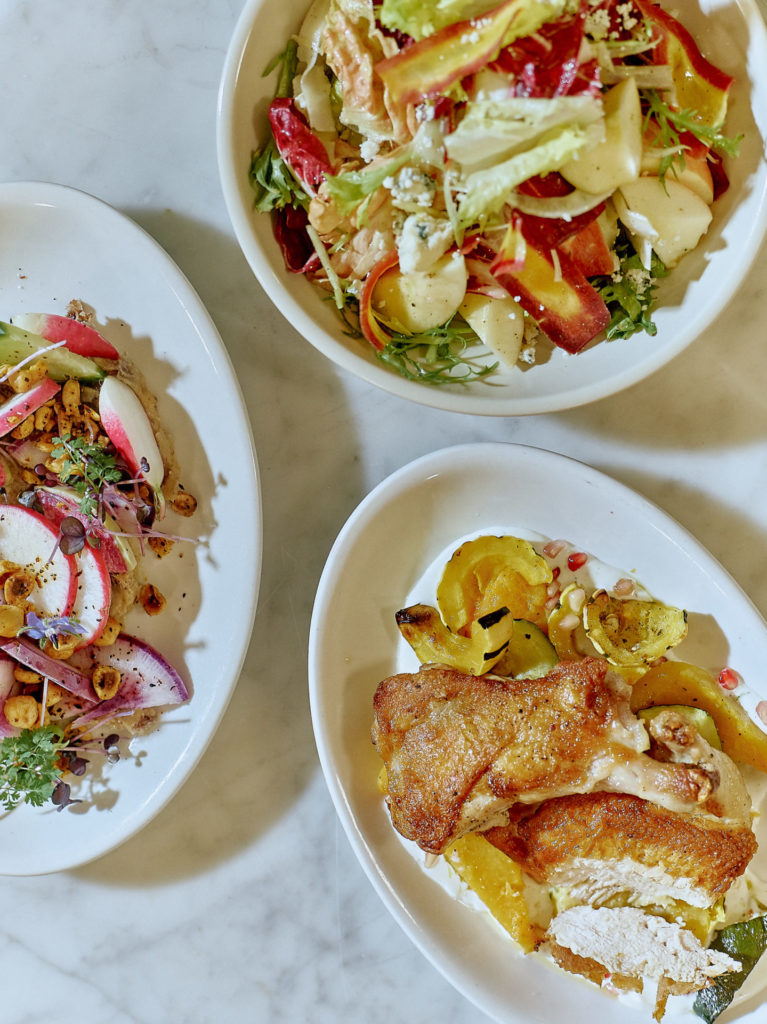
“I feel like I’ve spent 11 years proving that Arizona is more than steak and potatoes and cacti and cowboys,” Badman says. “It’s still amazing that people come from LA, New York, and Chicago and are so surprised at the bounty of what Arizona provides us.”
By working with farmers throughout the state she can source fantastic produce throughout the year. (Pro tip: Leave room in your suitcase for local products such as Queen Creek Olive Mill oils and Hayden Flour Mills White Sonora wheat berries.)
The current menu is a snapshot of an Arizona winter. A Meyer lemon relish brightens up yellow snow peas with miso. Tepary beans, grown on a nearby reservation by members of the Akimel O’odham community, bolster broccolini with goat cheese. And local dates show up in both a butter served with crunchy radishes and a hot fudge that tops a chocolate-pecan tart with mesquite ice cream. The Sphinx dates—a variety that grows only around here come from a woman in Phoenix’s Arcadia district.
My final stop is in Arcadia, at the cocktail lounge Platform 18 at Century Grand. Designed to look and feel like a Pullman train car, this bar-within-a-bar comes with a show. During a 90-minute “trip,” guests are whisked through a Rocky Mountain scene, achieved using some cinematic magic.
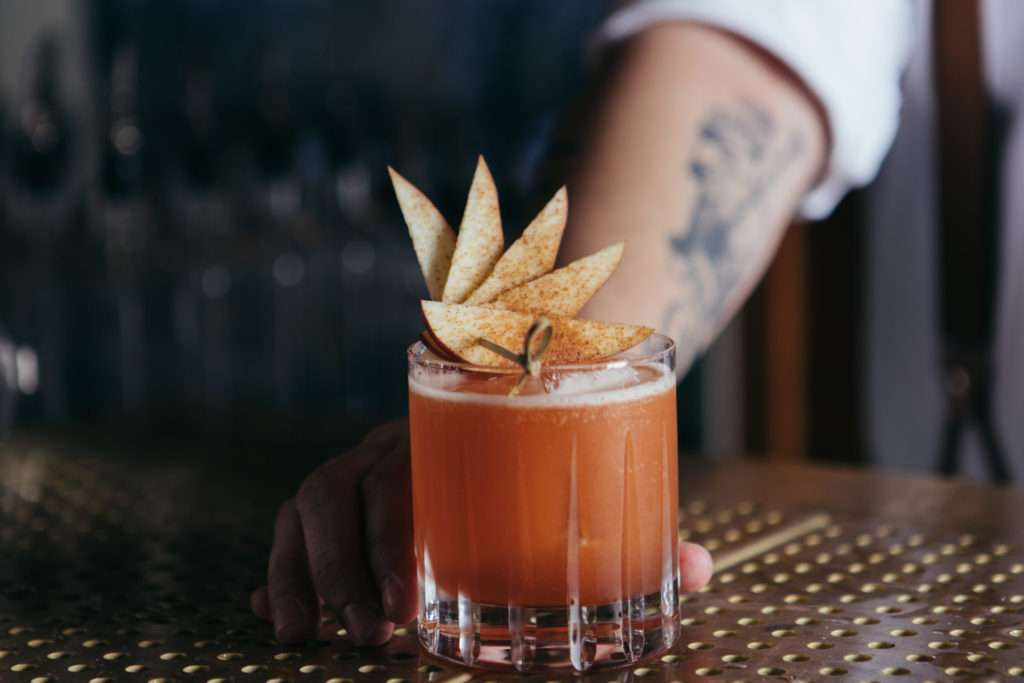
The suspendered bartender makes me an H.C.P., a sherry based cocktail that includes masala chai, red apple essence, and dragon’s blood sap.
I stare out the “window” as a wintry landscape passes by.
Day 2
An artist commune, Navajo fry bread, and a “classic” hot dogs
I sit on the patio eating breakfast at the Andaz’s Weft & Warp Art Bar + Kitchen.
There’s something magical about the morning light in Arizona. You can understand why painters and architects are drawn to this place. The pink sherbet glow actually makes you want to get up before the sunrise.
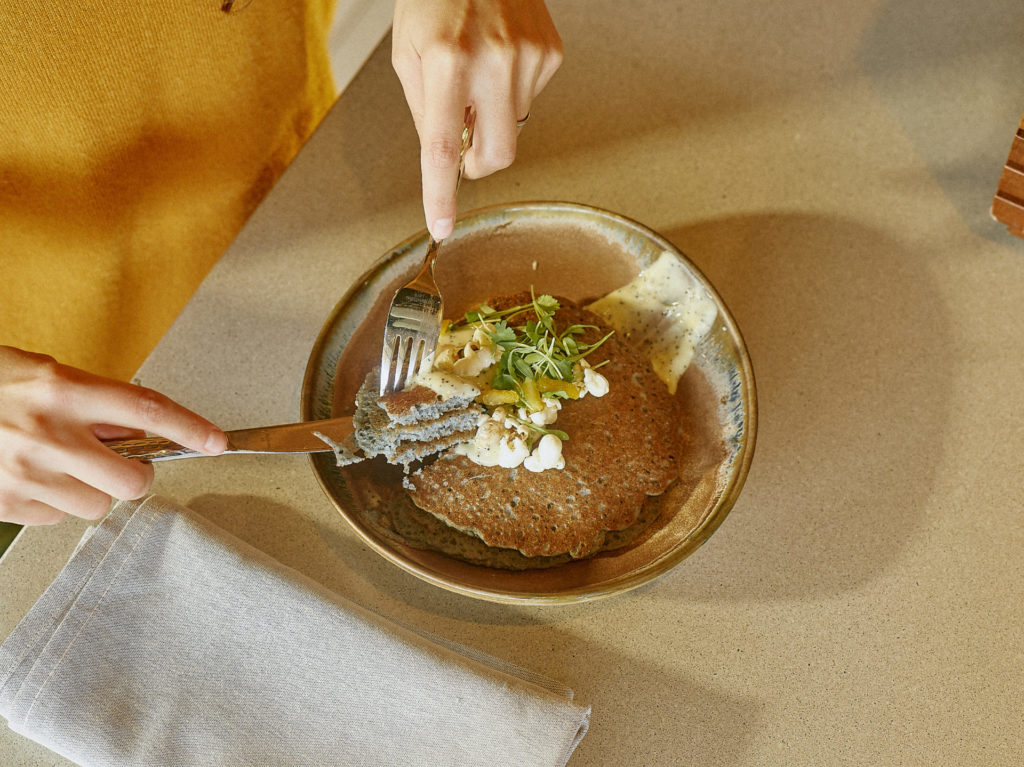
I’m enjoying my blue corn pancakes topped with orange poppy seed crème anglaise and popcorn, but I keep getting distracted by all the art surrounding me. Colorful dishware of local potter Mary Van Dusen sits on the table and felted portraits by fiber artist Chance Phillips hang on the walls.
The hotel has set me up with a tour of the Cattle Track Arts Compound, a 12-acre arts colony less than a mile away, where these artists and dozens more—live and work. Founded in the 1930s as the homestead of the Ellis family, the compound grew and morphed as creative folks moved in and made it their own. They added redwood and adobe cabins, repurposed a barn, and filled every available space with art.
I meet Mark McDowell, an artist who stumbled upon Cattle Track in the 1970s and decided to stay.
“It remains extremely vital to the cultural heartbeat of the community,” he explains, “and remains largely untouched.”
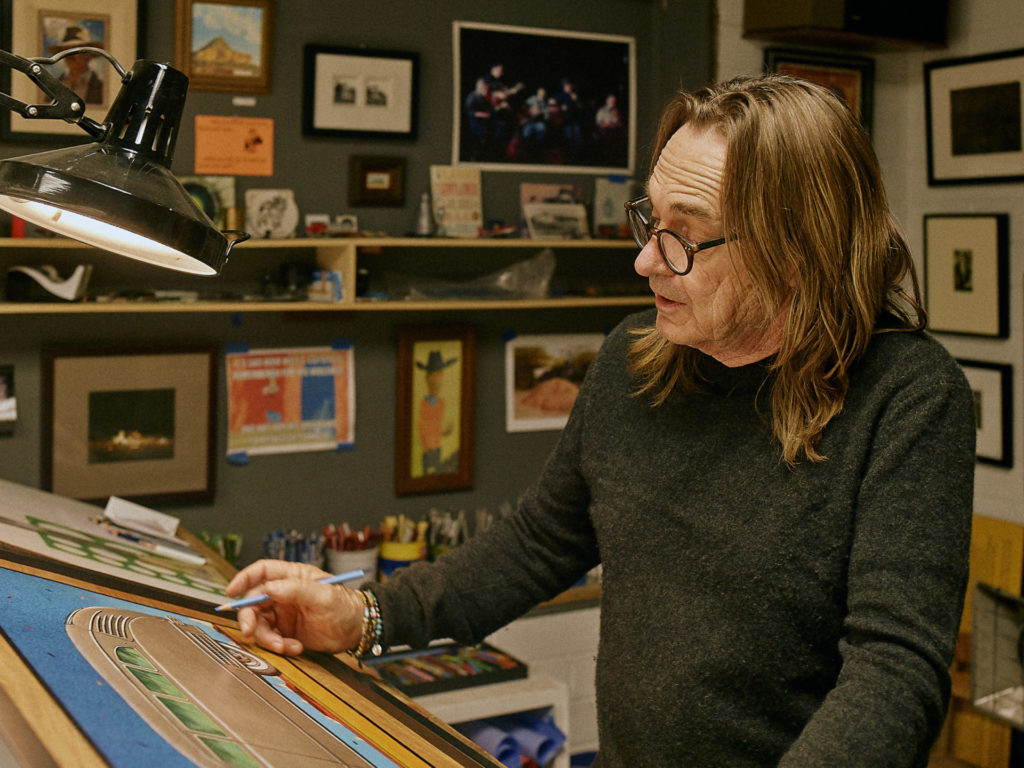
McDowell, a puckish extrovert who is also a member of an Americana band, leads me to his studio. He shows me his colorful depictions of vintage robots and circus performers, muscle cars, and Sonoran landscapes.
They’re so vibrantly colorful that I assume they’re done with oil paints. It turns out they’re color pencil drawings on plywood. “I like the common nature of the materials,” McDowell says. “No pretense.”
The same can be said of the compound itself. “What keeps me here are the endless opportunities to work in an energetic environment and collaborate with a wide spectrum of creatives,” McDowell says. “It’s a can-do place.”
From here, I drive a few miles east to Phoenix’s Melrose neighborhood for lunch at The Fry Bread House. Opened in 1992 by a member of the Tohono O’odham Nation, it was the first Native American restaurant to be named one of “America’s Classics” by the James Beard Foundation.
While the namesake dish is synonymous with indigenous cuisine, the story is complicated. Frybread traces its roots to the rations (white flour, sugar, lard) the U.S. government gave the Diné (or Navajo) in the 1800s after their forced relocation. It’s far from the food that normally would have been grown and eaten in these parts.
Born of necessity, these crispy dough pillows have nonetheless become ubiquitous. They’re especially delicious when ripped and dipped in spicy red chili beef stew.
Needing to walk off the fry bread, I head to Roosevelt Row, a pedestrian-friendly area buzzing with galleries and street art. At The Churchill, a shipping-container park dedicated to local and independent makers. I browse through a boutique called Gather and pick up a Sonoran Rosie soy candle scented with foraged creosote.
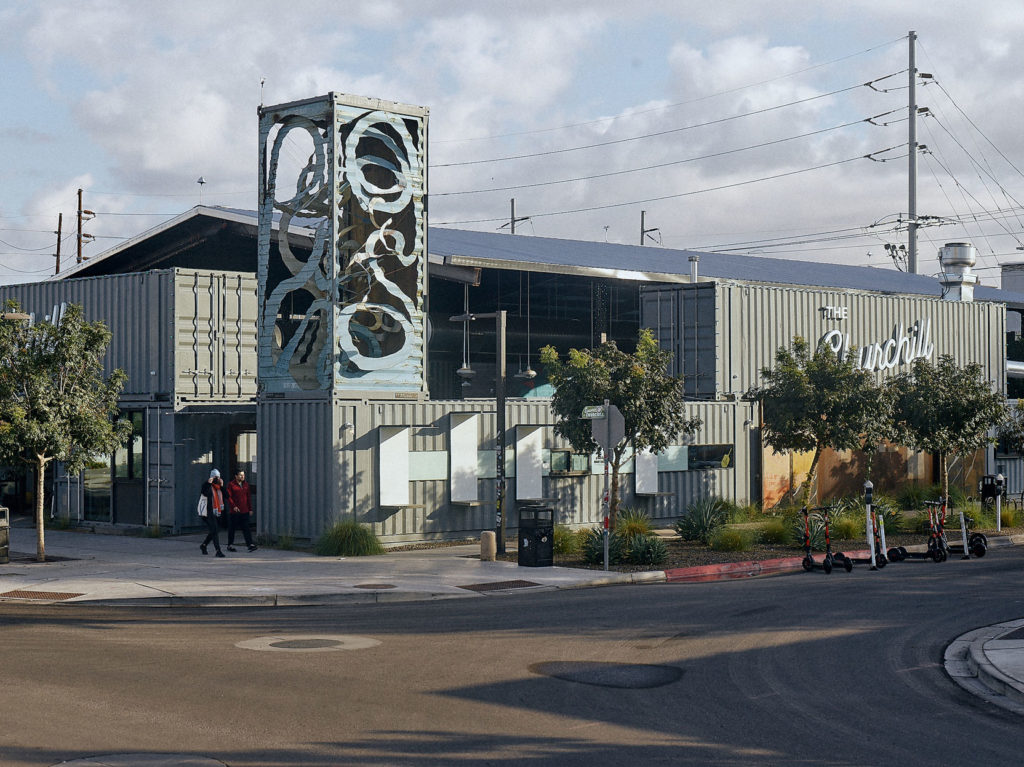
This desert bush gives off a pleasingly musky aroma. Many Arizonans associate it with rain because it bursts into life during monsoon season. I continue along to Arizona Wilderness Brewing Co. A sustainable brewery with a focus on conservation. Many of the beers feature local ingredients such as White Sonora wheat, prickly pear, mesquite pods, and Arizona-grown dates and pistachios.
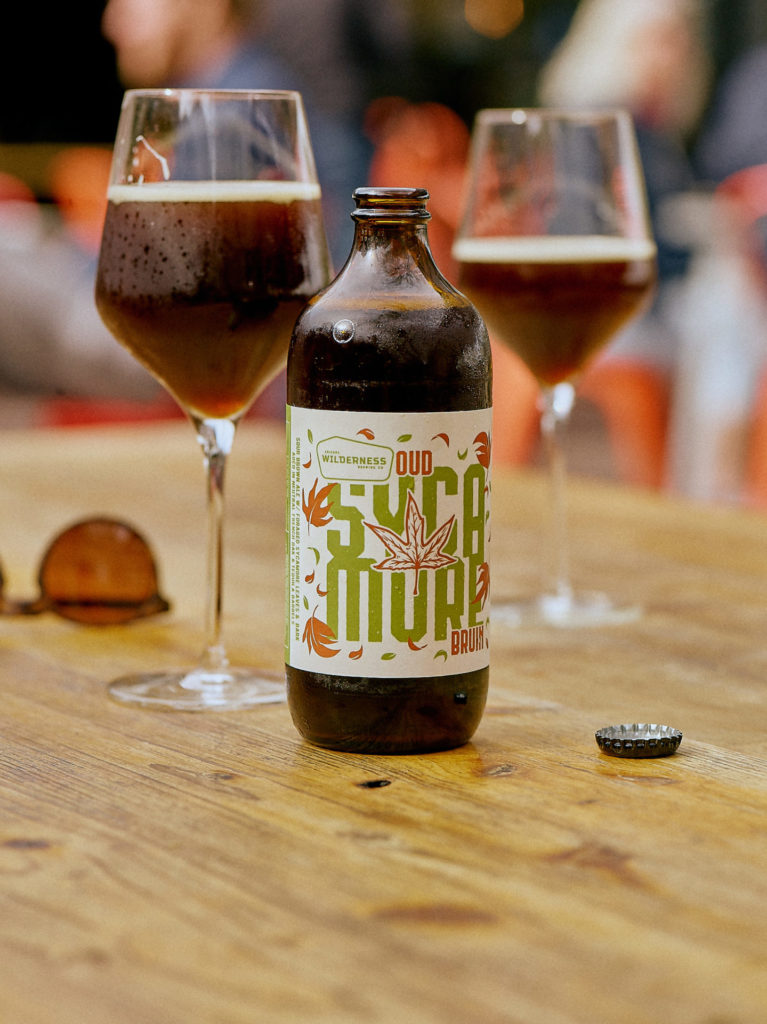
I order an Oud Sycamore Bruin sour brown ale. It’s brewed with sycamore leaves and bark from Aravaipa Canyon and then aged for 20 months in tequila and French oak barrels. It’s as crisp and refreshing as a stop in the shade on a long desert hike.
If you watched any post-election coverage in 2020, you know that Maricopa County accounts for 62 percent of the state’s population. But there’s a wide world out there beyond the metro area.
Many visitors head north to Sedona and the Grand Canyon. As someone who’s obsessed with urban spaces, I’ve decided to go south to Tucson. Just 60 miles north of the U.S.-Mexico border, it’s one of America’s original melting-pot towns. The town has a diverse and forward-thinking population that’s doing exciting things to reshape the city.
Pulling into the city, my first stop is the cavernous North Tucson location of El Güero Canelo Restaurant. It’s a family-owned mini-chain that is officially one of America’s Classics.
I order the Sonoran dog. A border straddling creation that rose to prominence in the Mexican city of Hermosillo in the 1980s: a bacon-wrapped frankfurter with pinto beans, onions, tomatoes, mayo, mustard, and jalapeño salsa, stuffed into a bolillo roll.
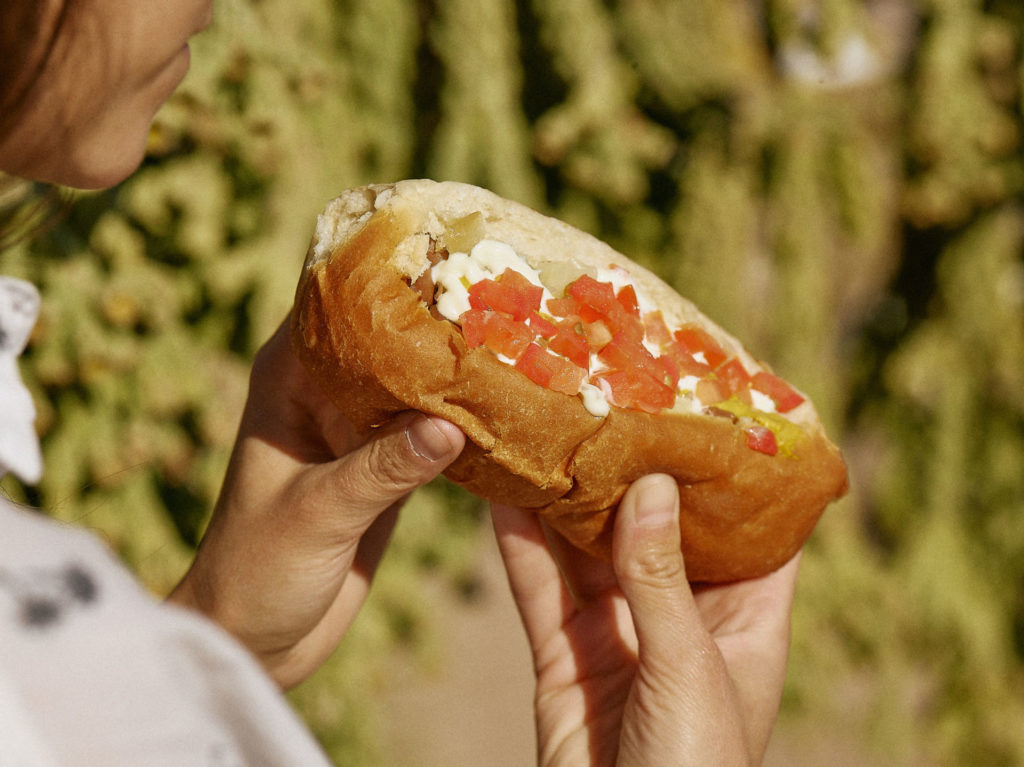
In 2015, Tucson became America’s first UNESCO Creative City of Gastronomy. While the official designation honored 4,000 years of agricultural history, I can’t help but think at least some of the judges were swayed by this fast-food masterpiece.
I continue south until I reach The Tuxon. A member of Marriott’s Design Hotels that opened in July in a converted Motel 6. I’m smitten with the Western design touches. Picasso inspired “cow skulls” made from bike seats and handlebars, watercolor prickly pear cactus wallpaper, original paintings by Tohono O’odham artist Ishi Glinsky.
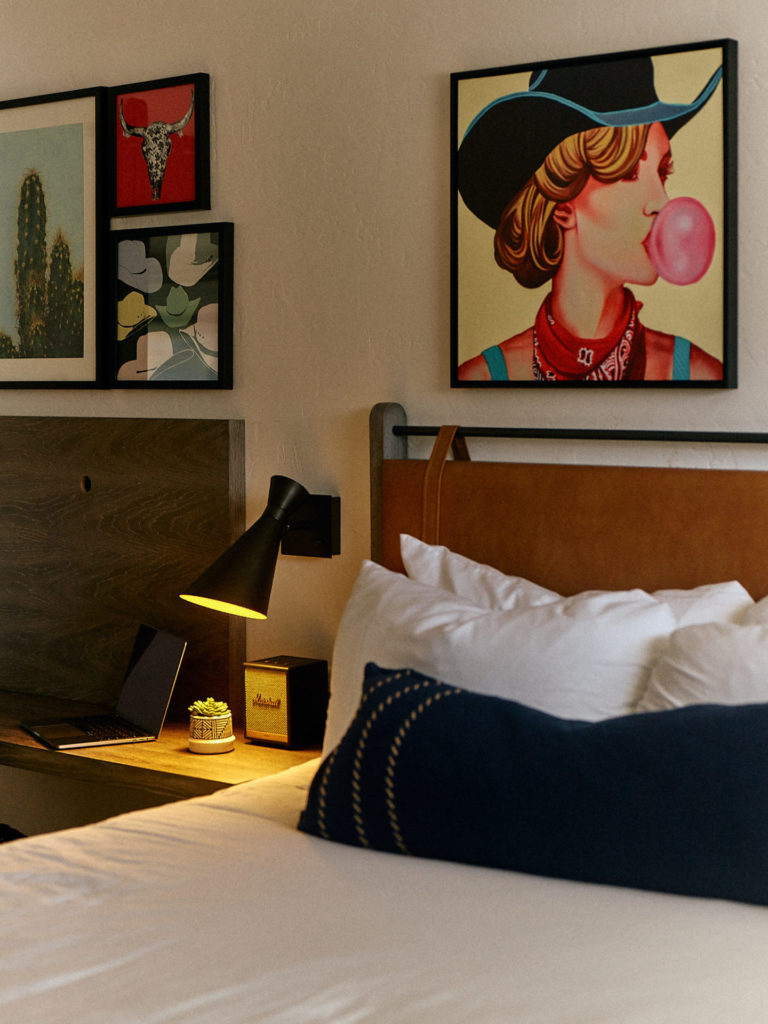
Next to the boomerang-shaped pool, I have a nightcap at the bar, where the cocktails are named for Fleetwood Mac songs. I go for an I Know I’m Not Wrong, which is made with Whiskey Del Bac, an award-winning American single malt that drinks like a Scotch and is distilled only four miles away.
I love a city of ambitious makers and doers, and when even a single malt factors into the local equation, you know you’re in good hands.
Day 3
Only-in-Arizona gifts, the White Dove of the Desert, and biking through Saguaro National Park
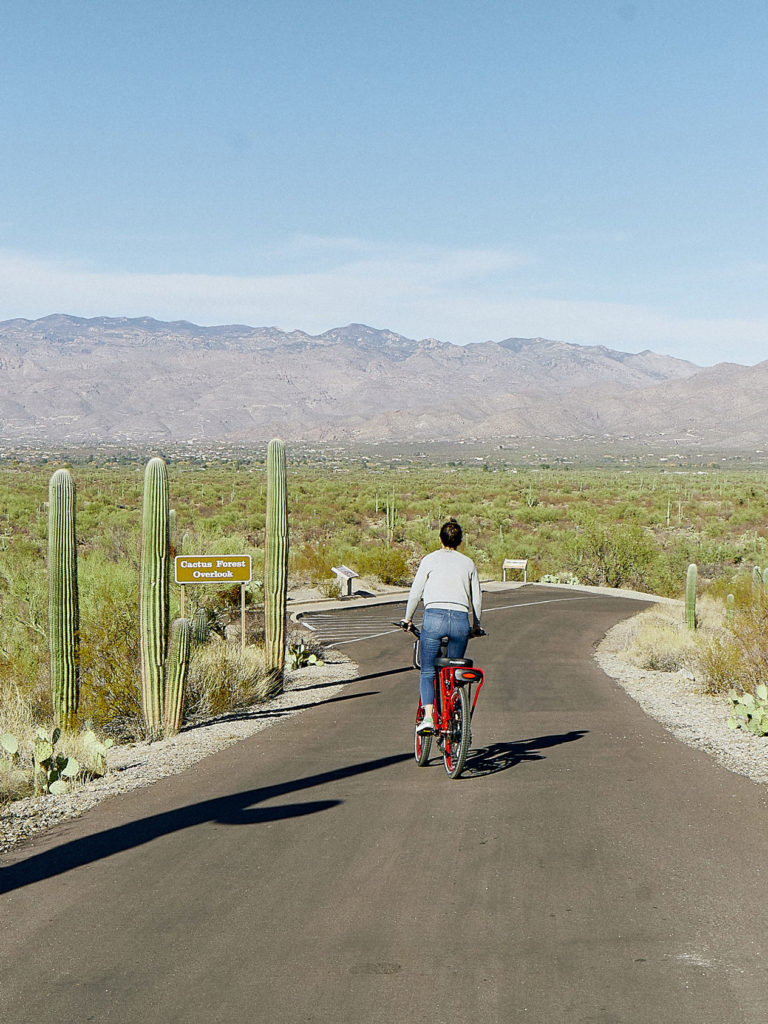
Much like its Southern California desert counterparts, Tucson is an architectural wonderland. With a dense concentration of breezy Mid-Century Modern businesses lining Broadway Boulevard’s Sunshine Mile.
I start my morning on that district’s western edge at Welcome Diner. It occupies a 1964 building that perfectly encapsulates Googie architecture, a California-born style that’s associated with the whiz-bang Atomic Age. I order a fried green tomato sandwich and because I don’t want to disrespect the diner setting, a mini chocolate pecan pie.
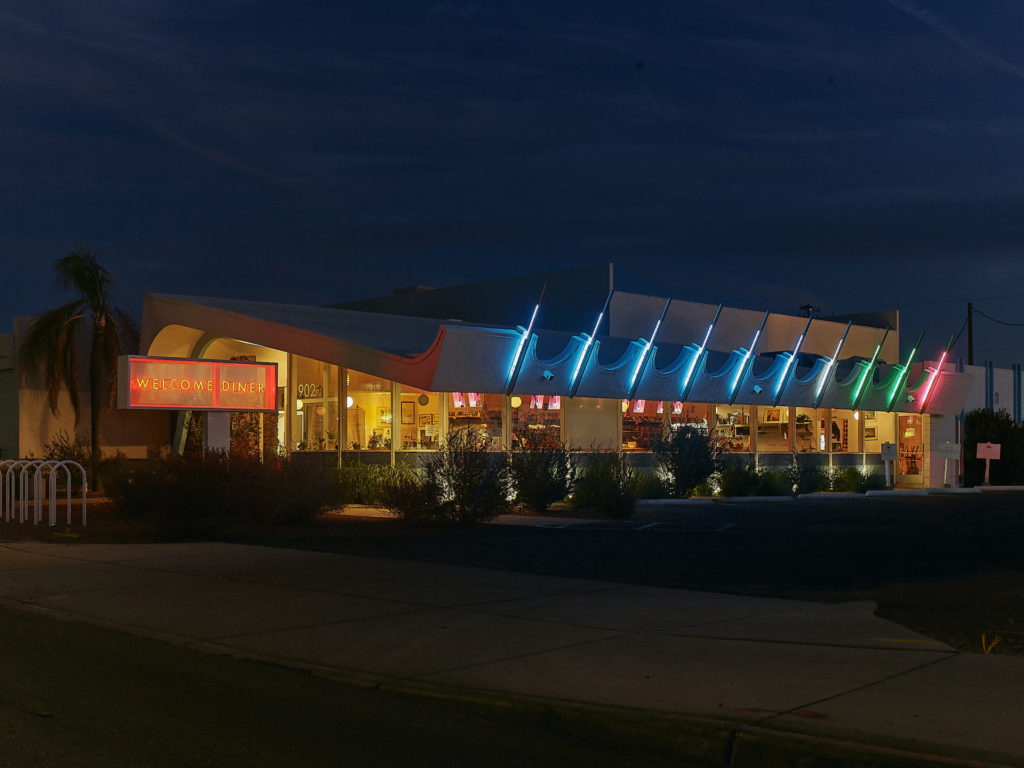
After breakfast, I drive over to the Mercado San Agustín. I pick up a few cochitos (gingerbread pigs) at La Estrella Bakery to eat on the flight home. I continue two blocks to MSA Annex, where the Mercado spills over into a plaza of artfully rusted shipping containers that house boutiques, a café, a bottle shop, and even a pyrotechnics theater.
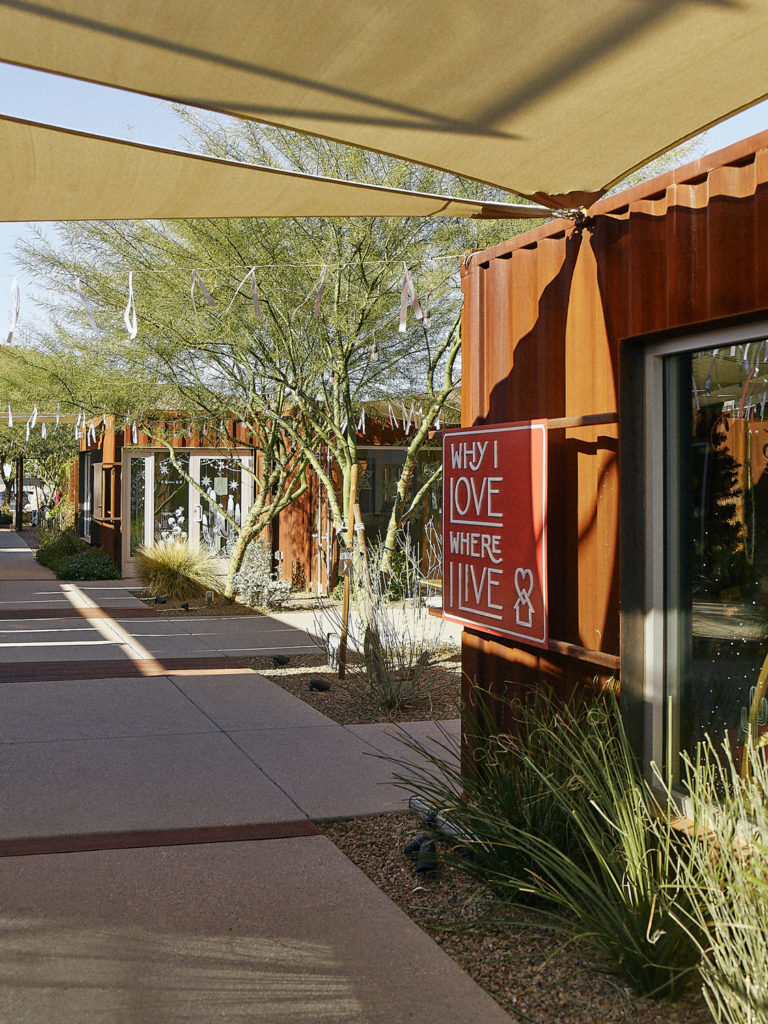
At a gift shop called Why I Love Where I Live. I meet Kristin Tovar, who started the store as a thought experiment.
When her boyfriend (now husband) got a job in his hometown of Tucson, she was ambivalent about moving here permanently. So, she created an Instagram account, @whyilovewhereilive, to convince herself about all its wonderful assets. The account soon gained thousands of followers, and Tovar went on to start a retail store that showcases local products.
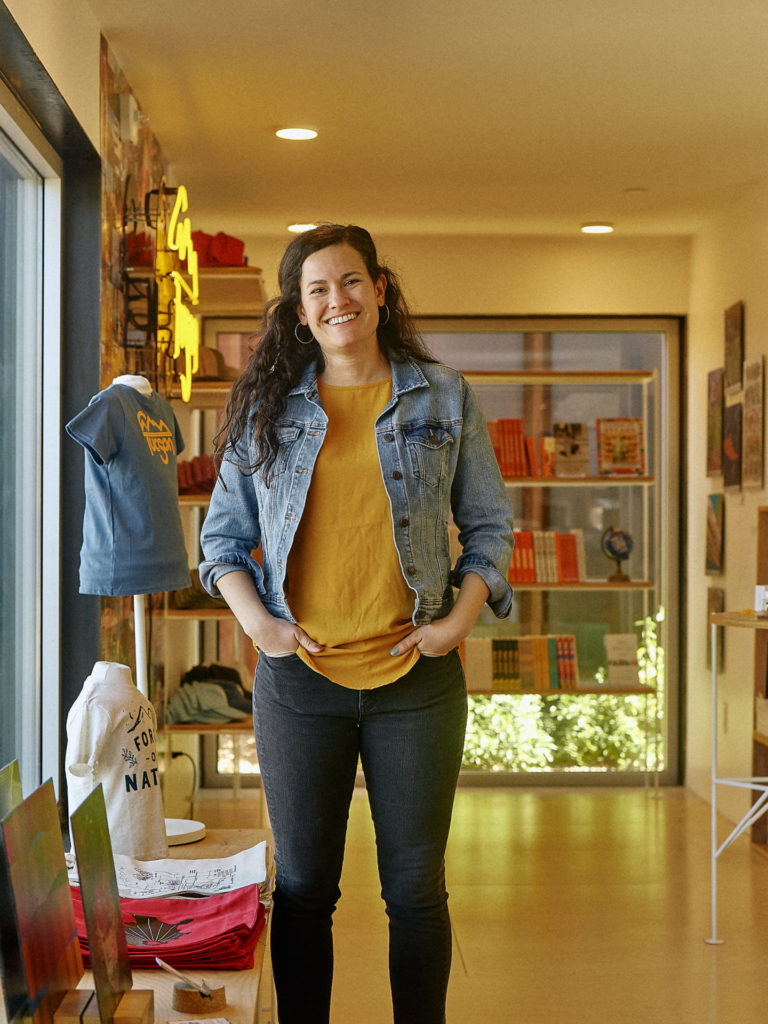
“There’s something about Tucson that even when you leave, it somehow manages to stay with you in a nostalgic way that will always draw you back,” Tovar tells me. “I’m especially in awe of the people that have devoted their lives to shaping and cultivating this place over long periods of time.”
I browse prickly pear bolo ties, a masked-saguaro face mask, and stickers of biking jackalopes. Javelinas from street artist Joe Pagac’s surrealist mural, Epic Rides. I finally settle on a T-shirt with a whimsical Arizonashaped pocket.
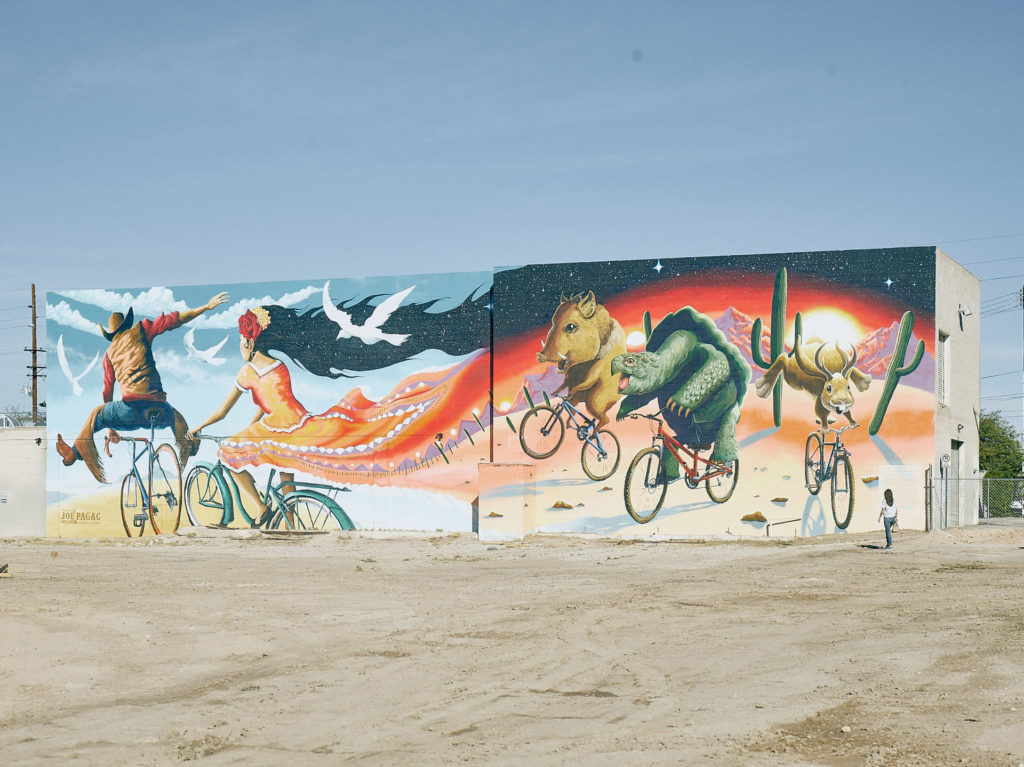
“I’ve seen so many Arizona-shaped pockets over the years,” Tovar says, “that shirts with regular pockets seem out of place now.”
Inspired by all this Arizona iconography, I drive 10 miles south to see one of the state’s most famous buildings. The Spanish built the San Xavier del Bac Mission in 1797 (after an earlier church burned down). It now sits on the Tohono O’odham Nation reservation.
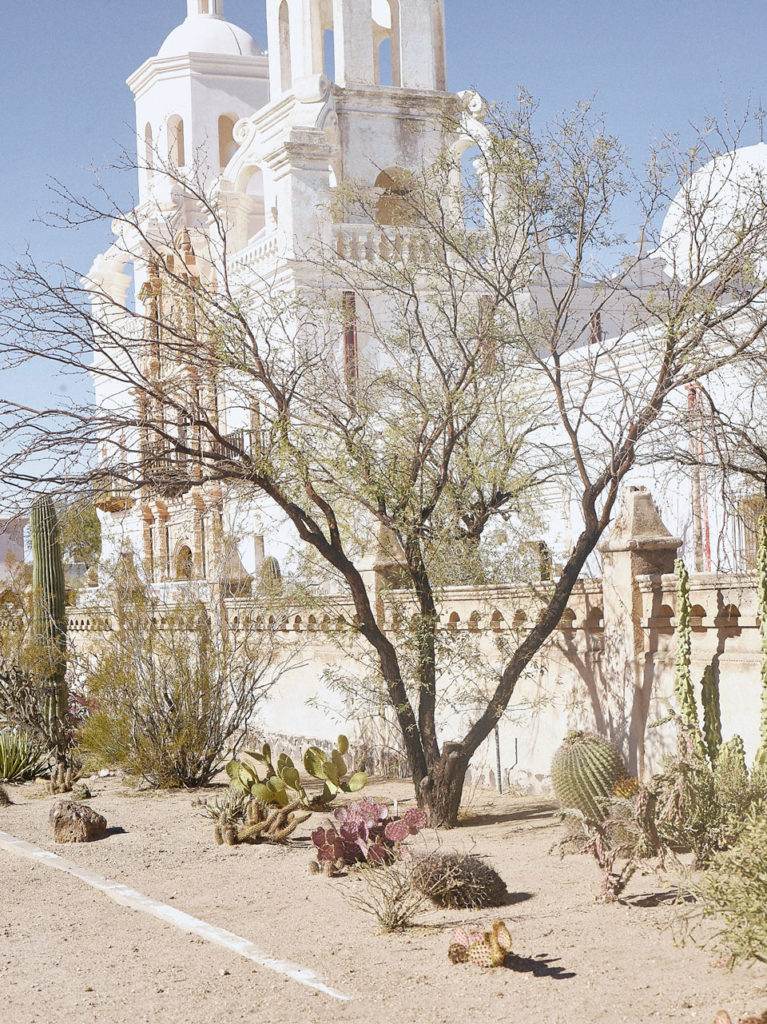
While “the White Dove of the Desert” draws social media models to pose against its gleaming walls, it’s also an active place of worship and a community hub. Locals pray the rosary in the scalloped wooden pews and light devotional candles in the tiny mortuary chapel.
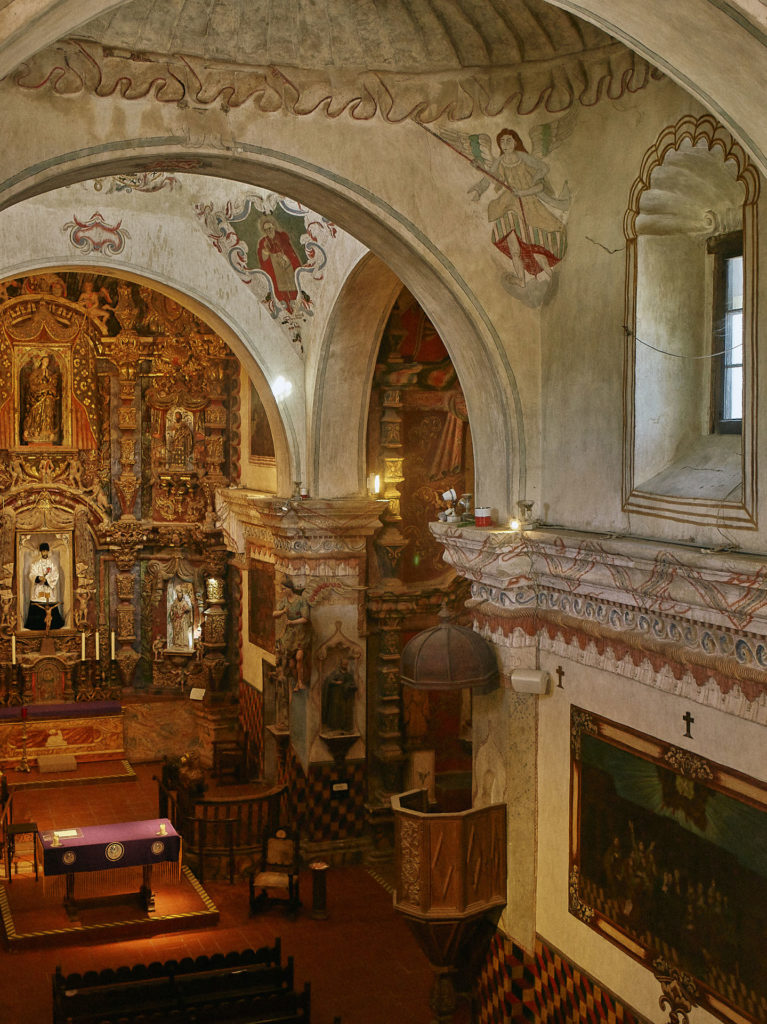
As I admire the unique blend of Baroque, Byzantine, and Moorish details, I can almost imagine I’m in some ancient village in Andalusia. Or, in a Robert Rodriguez action movie.
Back in town, I’m having lunch at Boca Tacos y Tequila, where Tucson-born, Sonoraraised chef Maria Mazon earned a 2020 James Beard Foundation semi-finalist nod for her subtly genius tacos.
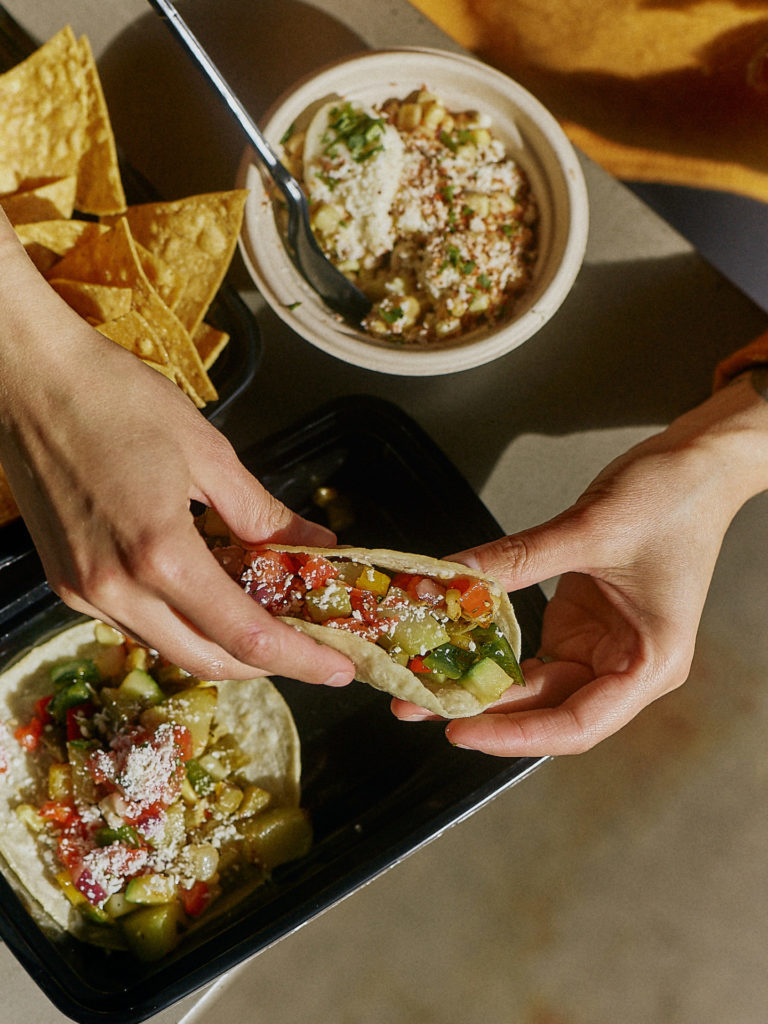
Keep your eyes peeled for specials like rabbit birria and braised buffalo tostadas, but the usual suspects (al pastor, mole de pollo) might be the best versions you’ve ever tasted.
Tucson is in an enviable position for national park lovers, as it bisects Saguaro National Park. The Tucson Mountain District, 10 miles west of the city center, features a denser cactus forest. The Rincon Mountain District, 10 miles east of downtown, is known for its more rugged mountain terrain.
Hiking trails can be found in both sections. I’ve opted for a more leisurely experience: a tour of the eastern side with James Lorentzen. James, along with his wife, Rachele, owns Pedego Electric Bikes Tucson.
It’s impossible not to be wowed by the park’s namesake cacti—some reaching 60 feet in height and 200 years in age. Despite their monumental scale and life-giving position in this desert ecosystem, they strike me as a bit cartoonish. Like I’m looking at a field of Gumbys holding their arms skyward in a stickup. My legs would be a little squishy themselves, but the value of the e-bike becomes clear as we pass through mesquite and palo verde groves and effortlessly scoot up and down the hills.
Back downtown, I decide to break up the parade of Mexican flavors with a visit to Anello, which serves serious sourdough-crust pizza in a space that looks like a minimalist sushi bar. Even here, the flavors of the desert creep in.
I order the Bianca, a white pie drizzled with a piquant chiltepin oil, followed by a dessert of smoked gelato, topped with mesquite tepary beans, an indigenous twist on the adzuki beans in Japanese sweets.
After dinner, I wander a few blocks to the patio of the Hotel Congress, which opened in 1918 to serve the train station across the street. It was also the site of gangster John Dillinger’s 1934 capture. It’s now a symbolic hub of downtown’s revitalization, thanks to its indie radio station and popular concert venue. This means you’re more likely to rub shoulders with a DJ or a soul band than a bank robber or a cowboy.
I order a Tiger Collins, made with vodka, lime, basil, peach bitters, and a bright burst of color from butterfly-pea-flower tea. A modern twist on a classic, it’s named for Tom “Tiger” Ziegler, a bolo-wearing bartender who has been slinging cocktails here since 1959. He can still be found behind the bar when there’s not a pandemic keeping him home. Like much in this city, the drink represents a nod toward innovation, with one eye remaining fixed on the past.
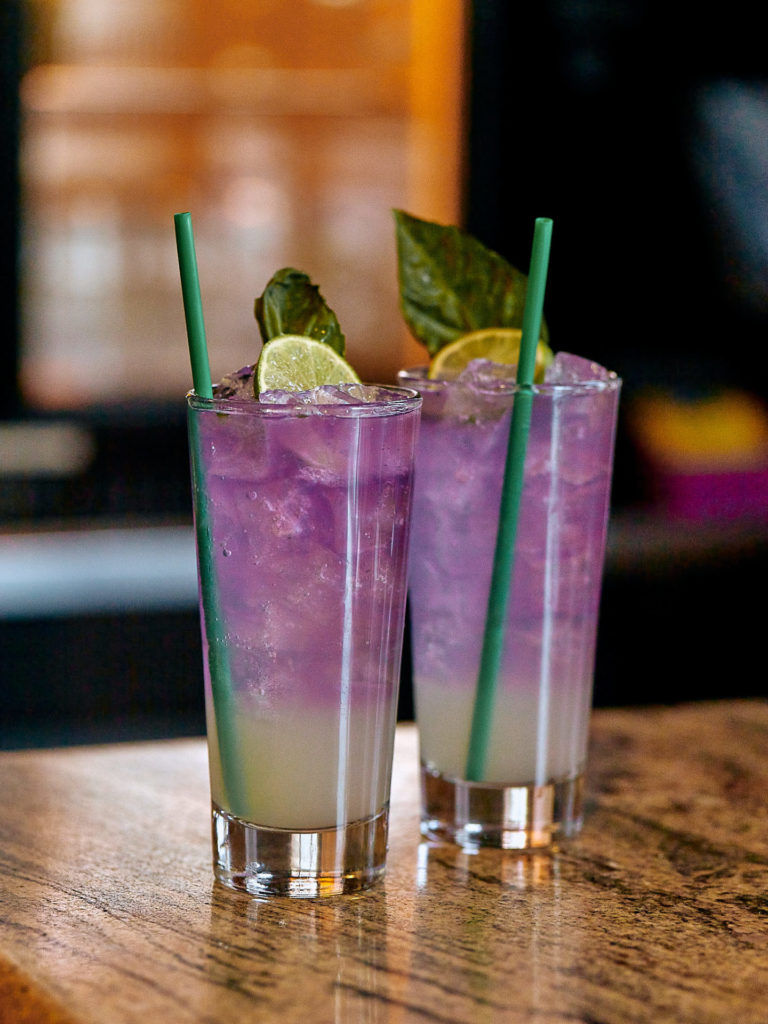
As I look out toward the tracks that carried 19thcentury adventurers toward the Pacific, I’m sure characters like Tiger would still make them feel right at home.
Next Up: Three Perfect Days: Tampa
